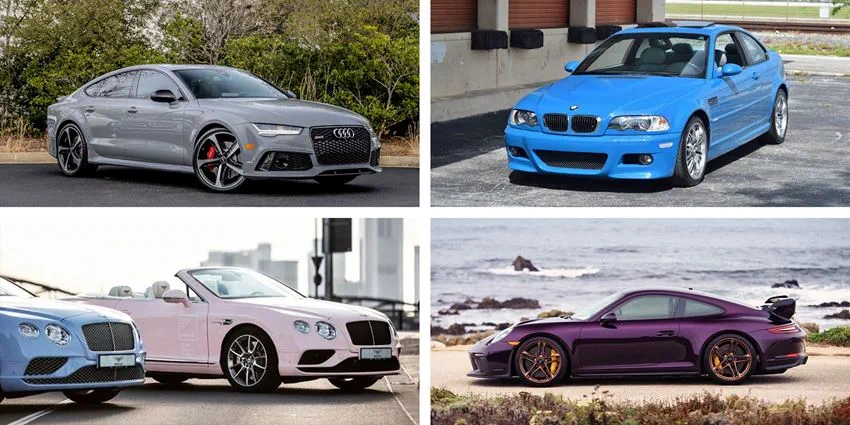When it comes to choosing a car, color is often as critical as the make and model. It’s not just about aesthetics; the color of a vehicle can speak volumes about cultural trends, technological advances, and individual preferences. From the sleek silver tones that reflect technological progression to the timeless elegance of black, car colors offer a fascinating lens through which to view the automotive world. This article delves into the most popular car colors, examining how they’ve become the choices of drivers around the globe.
The Rise of Metallics and the Influence of Technology
Metallic colors have seen a significant rise in popularity, reflecting the technological zeitgeist of our times. The shimmering finishes of silver, gray, and now even blues and reds, showcase a fusion of automotive design with the lustrous appeal of gadgets and tech products. Interestingly, the trend of metallic colors has paralleled the growth of new casinos, which often employ a similar color scheme to convey a sense of futurism and high-tech entertainment.
The Classic Appeal of Black and White
Despite the allure of metallics, black and white remain perennial favorites. These classic car colors convey a sense of purity and sophistication, which is why they continue to top the preference charts. White, especially, has been a symbol of modernity and minimalism, often chosen by drivers who favor a clean and crisp appearance for their vehicles.
The Emotional Connection with Color
Color psychology plays a pivotal role in the popularity of certain car colors. Red, for instance, is associated with passion and excitement, making it a favored choice for sports cars and performance vehicles. Blue, on the other hand, is often linked to tranquility and reliability, appealing to a more pragmatic segment of car buyers.
Green and Blue Hues: The New Trendsetters
Recently, there has been a notable shift towards green and blue hues. These colors, once considered niche, are becoming mainstream as they represent ecological awareness and a connection with nature. The rise in popularity of these colors can be seen as reflective of societal values, much like the curated experiences found at https://www.toponlinecasinos.co.za/big-win-casinos/ site, where the trend is towards more immersive and personalized online engagements.
Bright and Bold: A Statement on Wheels
While conservative hues dominate, there’s a growing segment of consumers who prefer bright and bold colors. These vibrant choices are often seen as an extension of the owner’s personality, making cars in these hues less of a commodity and more of a statement piece.
The Practical Side of Color: Maintenance and Resale
Beyond aesthetics, practical considerations also influence color choices. Lighter colors tend to hide dust and scratches better than darker shades, which can be more maintenance-intensive. Additionally, the resale value can be affected by color; neutral tones typically have broader appeal, thus maintaining their value better over time.
Future Color Trends: Anticipating the Next Wave
As we look to the future, we can expect to see a broader palette of colors with the introduction of new paint technologies. These advancements may include colors that change with the light or temperature and coatings that are more durable and environmentally friendly.
Conclusion
The trends in car colors are a dynamic reflection of our evolving cultural, technological, and environmental landscapes. From the technology-inspired metallics to the deep, nature-evoking blues and greens, the color of a car is more than a visual choice; it’s a narrative of the times. As personal tastes and societal values continue to evolve, so too will the spectrum of colors gracing our roads, ensuring that the story of car colors is an ever-unfolding one.

